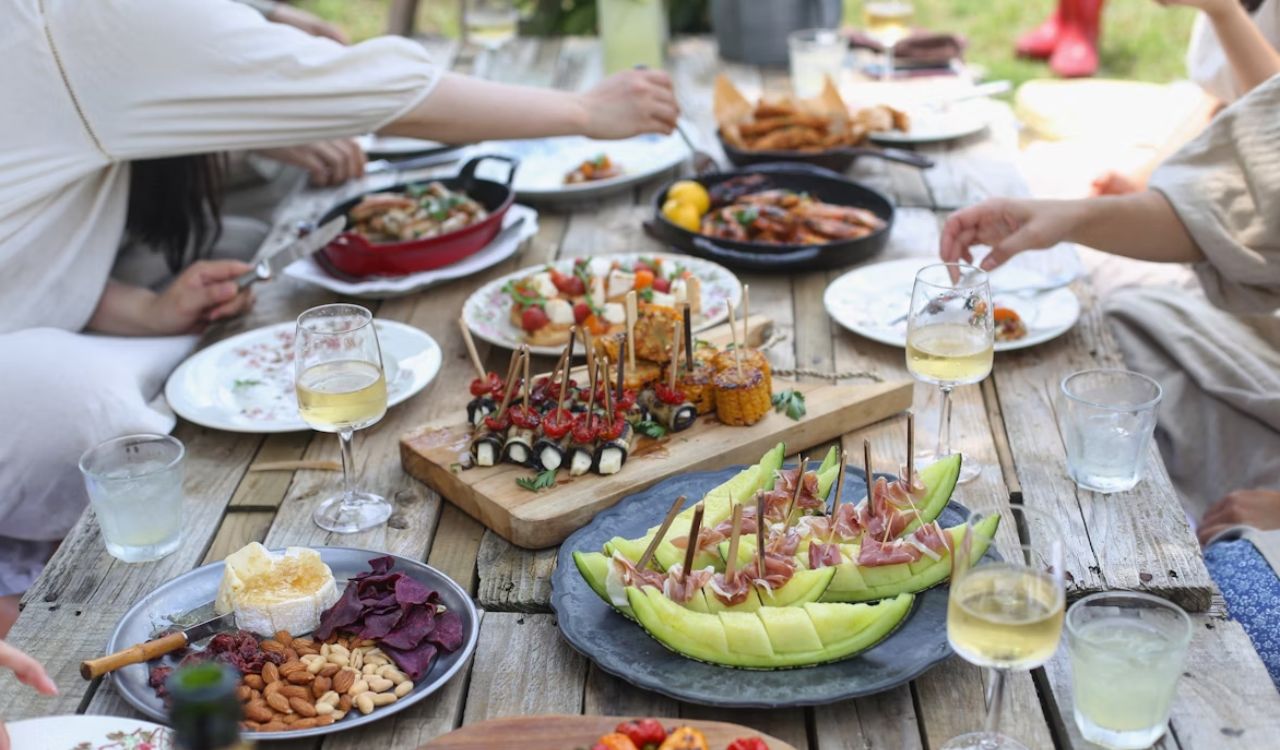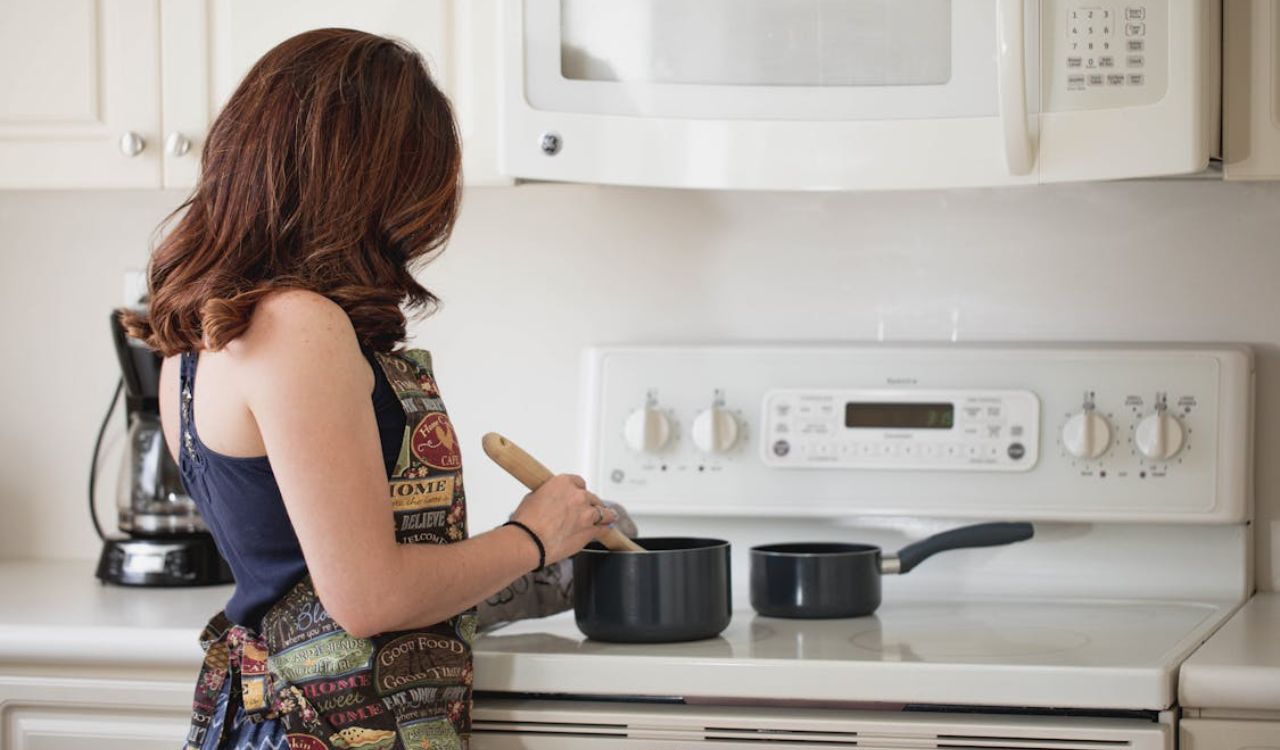Spareribs and Baby Back Ribs Explained by a Butcher
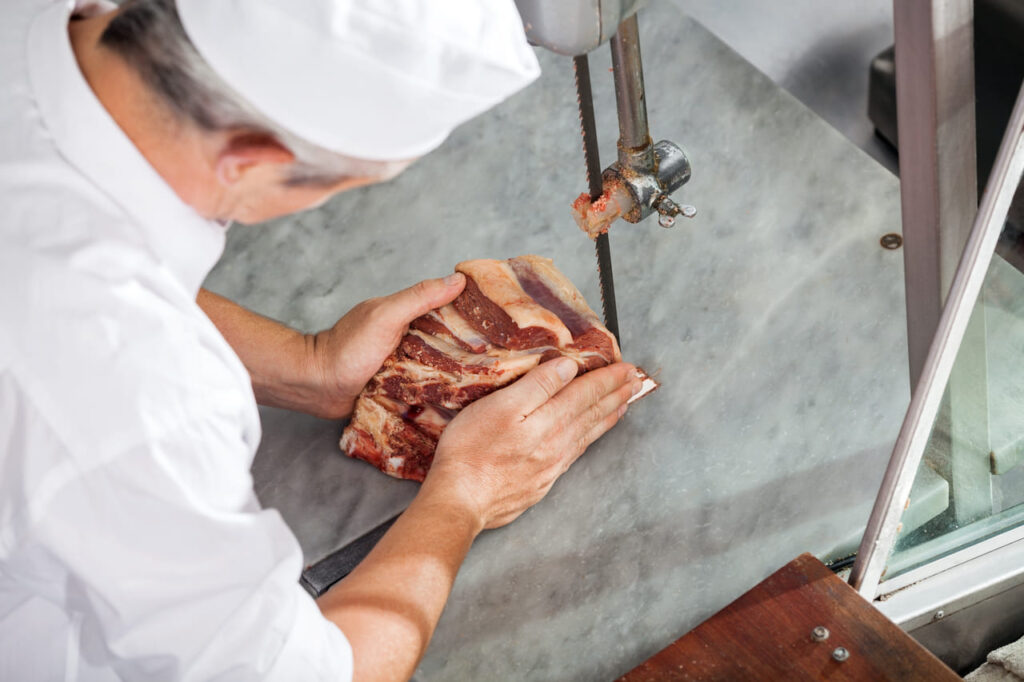
If you’ve ever stood in front of the meat case wondering why ribs have so many names, you’re not alone. Even seasoned cooks sometimes mix up baby back ribs and spareribs. The cuts look similar, but once you understand where they come from and how they cook, things start to make sense.
Here’s the thing: both styles can taste incredible, but they shine in different ways. A butcher will tell you that choosing your ribs is really a matter of texture, marbling, and how much time you want to spend cooking.
What this really means is that both have a place at the table. By the end of this guide, you’ll know exactly which to pick, how they differ, and the best ways to cook each like a pro.
Baby Back Ribs
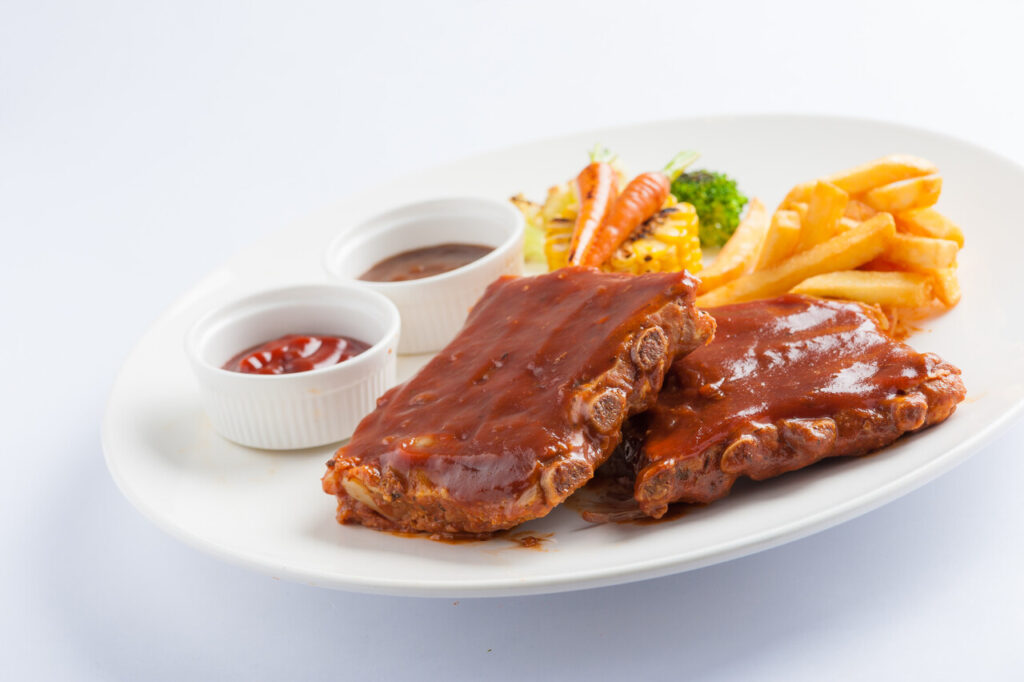
Baby back ribs sit higher on the hog, close to the spine, which makes them leaner and naturally curved. Many home cooks like them because they’re quicker to cook and feel familiar at restaurants. From a butcher’s standpoint, they’re popular because they offer a good balance of tenderness without needing long smoking sessions.
Where They Come From
Baby backs are cut from the rib section nearest the loin, which explains why they’re smaller and more tender. This area doesn’t carry as much weight, so the muscles stay softer.
Baby backs also usually include a bit of loin meat along the top edge, giving them a meatier feel even with a lower fat ratio. You get a cleaner chew but with less deep marbling than spareribs.
Flavor and Texture
Because they’re leaner, baby backs take on marinades and spice rubs quickly. They benefit from shorter cooking times and hold up well to grilling, roasting, or smoking.
If you’re after something tender with mild pork flavor that doesn’t require babysitting all afternoon, these are the reliable pick.
Best Cooking Method
Most butchers agree that moderate heat works best. Too high and lean sections dry out fast. Many suggest a rub, a short smoke or bake, and a glaze near the end to finish strong.
Baby backs reward cooks who want something approachable, balanced, and easy to serve for a weeknight dinner or backyard cookout.
Spareribs
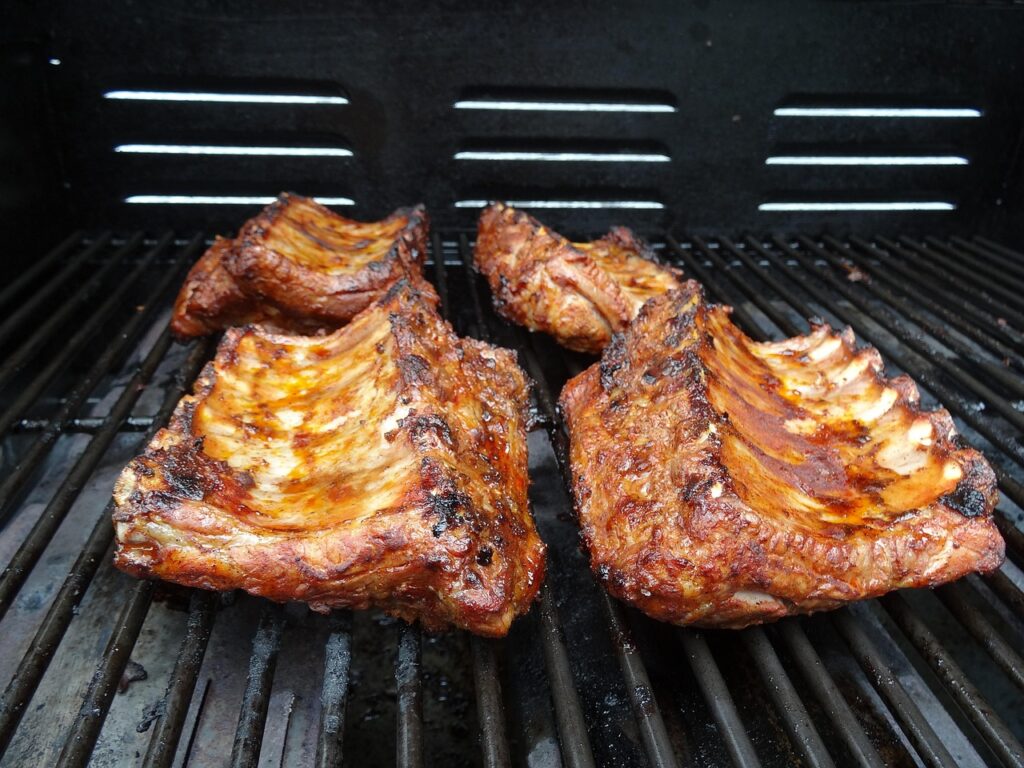
Spareribs come from lower on the rib cage, farther from the spine and closer to the belly. That position gives them more fat, connective tissue, and deep flavor. They take extra time, but when treated right, the payoff is huge.
Where They Come From
These ribs are cut from the belly section and include a wider, flatter bone structure. Because the muscles work harder, spareribs have layers of fat and tissue that make them incredibly rich once slow-cooked.
You get a cut that rewards patience and low heat. A butcher knows this is the rib style that turns tender and sticky when smoked long enough.
Flavor and Texture
Spareribs are juicier and more flavorful than baby backs because that extra marbling melts as they cook. They hold spice rubs, smoke, and sauces better, delivering deeper, darker barbecue character.
If you want ribs that feel like classic barbecue, this is where your money should go.
Best Cooking Method
Low and slow always wins here. Smoking or oven braising gives enough time for everything to break down and go tender. While they take longer than baby backs, you’re rewarded with full-bodied flavor and melt-in-mouth texture.
A patient cook will always get the best results from this cut.
Baby Backs vs. Spareribs: Which Should You Choose?
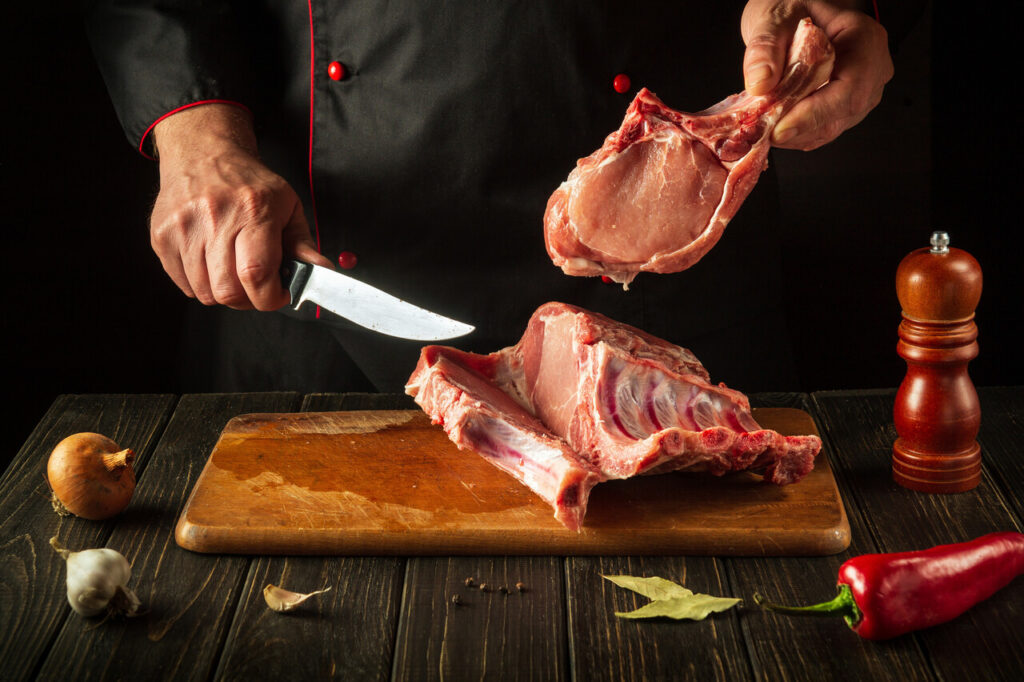
Baby backs shine when you want quick cooking and lean tenderness. They’re great for smaller gatherings, simple dinners, and people who prefer a mild pork taste. Spareribs are the choice when you want serious depth, smoke, and traditional barbecue character.
Both cuts have their strengths, and a butcher will tell you the best one depends on your schedule, cooking gear, and the style of flavor you want on the plate.
Conclusion
At the end of the day, there’s no wrong choice—just different outcomes. Baby back ribs give you tenderness and quick cooking, while spareribs reward long, slow heat with deep flavor and juicy texture. When you understand where each cut comes from and how they behave in the kitchen, you can buy, season, and cook with confidence




